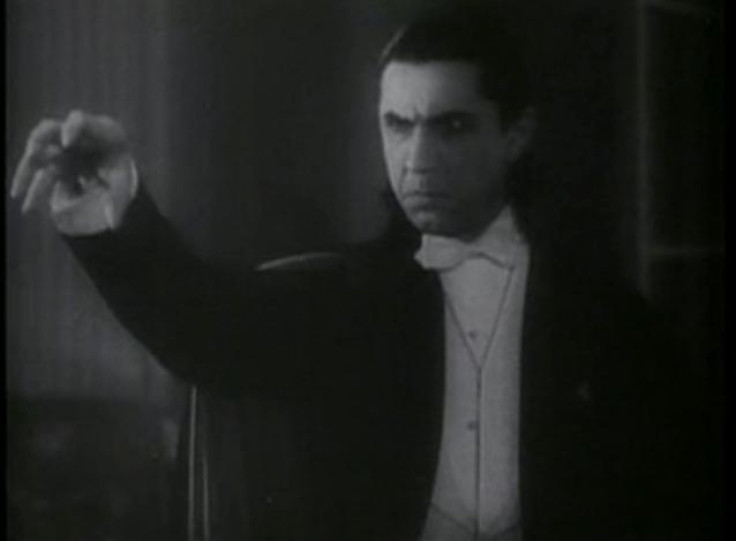Romania’s Dracula Problem: Tourists Love It, Locals Hate It

The Romanian Federation of Tourism and Service Employers announced its grand plan this week to lure international tourists to the country -- and in particular a place so obscure that many think it’s fictional: Transylvania -- by enlisting the help of the mythical vampire Dracula. The agency tapped Transylvania as the most-promising destination in the country, despite years of opposition to “vampire tourism” from perturbed locals.
Vampire legends are thought to have originated from the disturbing appearance of decomposing bodies during the plagues that ravaged Europe in the Middle Ages. The legends play a major role in the Balkan region's folklore and were the basis for Irishman Bram Stoker's classic tale, Dracula, which was first published in 1897. The story has been retold in numerous filmic versions and forms the basis for modern vampire fiction.
Though Dracula takes place in Transylvania, Stoker never actually visited the place. And while it’s destined to be forever associated with the book’s lurid content, the people who live there are none too pleased about it.
Indeed, Romanian officials’ attempts to exploit the legend have never gone over well with the public. The government failed to find investors to launch a $15.6 million Count Dracula theme park near Bucharest just over a decade ago. The planned location was next to the burial site of Vlad the Impaler (Vlad Tepes), the real-life Romanian prince who inspired the myth. The park was later moved to Transylvania, but that never got off the ground either -- perhaps because Vlad is revered there as a national hero who fought for independence against the Ottoman Empire, not a bloodthirsty vampire.
With the reemergence of vampire fiction, however, the Romanian tourism board says public perception has changed. Moreover, it says Dracula tourism in Transylvania could be the nation’s biggest draw with huge advantages for the national economy.
“Finally the local authorities in Transylvania understood that the Dracula myth represents an unrivaled vehicle for promoting tourism,” Dan Matei Agathon, president of the tourism federation, said in announcing the plan, according to the national news agency of Romania, Agerpres. “All those places full of history in Transylvania can now finally become tourism destinations internationally renowned, with the benefit not only to the tourism in the region, but to our economy in general.”
The Federation of Tourism and Service Employers said Dracula tourism could be a “huge” boon if it is rebranded and packaged in a modern manner using European funds through 2020. Last year, the agency teamed up with S&S Travel to launch a pilot project in select Asian markets called the “Discover Dracula Tour” in an attempt to enhance foreign tourist flow. The project was to be expanded into the U.S. and across Europe but appears to be inactive in 2013.
Whether the current push to attract foreigners and forge an indelible tie between Romania and Dracula will work remains to be seen. If history is any indication, however, the curse of Count Dracula could hamper efforts once again.
© Copyright IBTimes 2024. All rights reserved.












